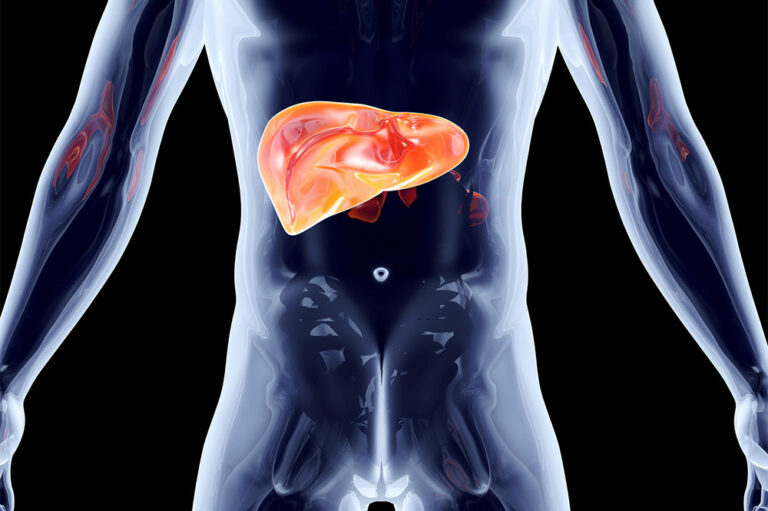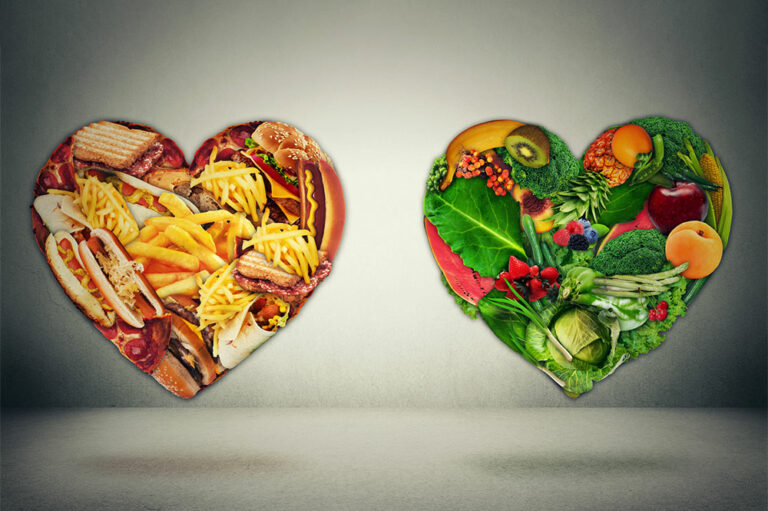
6 common food sanitation mistakes to avoid
According to statistics from the CDC, approximately 48 million people in the country are affected by food-borne diseases. Bacteria such as salmonella and E.coli, found in water and food, are the primary causes of people getting severely ill from food-borne conditions. One major reason for this spread is improper handling and sanitation practices. Thus, when handling food preparation and disposal, it is important to avoid sanitation mistakes to prevent health concerns and address safety issues.
Not properly disposing of waste
To avoid pests and other environmental hazards, people need to make sure the waste is being properly disposed of. Discarding hazardous materials without securing garbage bags properly can pose a substantial risk to the health and safety of people and the environment. To avoid these potential risks, people need to ensure that the garbage bags are tied up tightly and there are fewer chances of potential spills and contamination. Medical waste, harmful chemicals, and other biohazard disposal need to follow proper regulations.
Inadequate personal hygiene
Maintaining the right hygiene practices is essential when trying to prevent respiratory bacteria and viruses from spreading. For example, not covering the nose and mouth while sneezing or coughing can be considered unhygienic because it can contribute to the transmission of illnesses to other people nearby. To mitigate this risk, individuals should practice good respiratory and personal hygiene. Some good habits are covering sneezes and coughs with the elbow or a tissue, washing hands frequently, and avoiding close contact with other individuals who aren’t feeling well.
Overlooking household cleanliness
Frequently used household items need to be cleaned and sanitized regularly. Neglecting the same can cause a buildup of harmful bacteria, mold, and other disease-causing parasites. Leaving items like dish towels, sponges, and reusable grocery bags unwashed can help spread contamination. So, sponges and dish towels should be washed with hot water and reusable grocery bags need to be washed and dried properly to eliminate any microbes or insects.
Neglecting cleaning and sanitation
Another common sanitation mistake people make is leaving the commonly touched surfaces unsanitized. These surfaces can be a huge breeding ground for germs and contribute to pathogen buildup. Commonly touched surfaces include light switches, doorknobs, and countertops. Try to clean these surfaces using sanitizing wipes and household disinfectants. Individuals should pay special attention to high-traffic surfaces and areas, especially places that are frequently in contact with raw foods and have a higher chance of cross-contamination.
Improper food storage
Improper food storage is another poor sanitation practice that can compromise the quality and safety of perishable items. The risk of contamination and illnesses is higher if foods are stored at an incorrect temperature or the containers are not properly sealed. This practice can contribute to increased bacterial growth and spoilage. To avoid this sanitation misstep, perishable foods need to be stored properly at the right temperatures. In addition, it is recommended to use resealable bags or airtight containers that will help preserve the freshness of the food items.
Improper handwashing
One of the most crucial sanitation mistakes is not properly washing their hands. They can be the epicenter of disease spread, especially if one overlooks washing their hands properly before handling food. The same can happen when people do not practice proper hand washing hygiene after going to the restroom. CDC states that a proper hand washing routine should include the use of soap and water for about 20 seconds.












